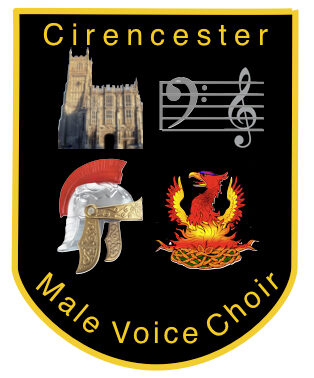
Male voice choirs have a long and rich history, rooted in the country’s social, cultural, and musical traditions. The development of these choirs can be traced back to several key periods and influences:
The roots of choral singing in Britain can be traced back to the medieval and Renaissance periods, when church music was predominantly sung by male voices.
The Industrial Revolution in the 19th century played a pivotal role in the growth of male voice choirs in Britain. This was especially true in industrial regions such as Wales, the North of England, and Scotland. Several factors contributed to this development:
- Social and Cultural Changes: With the rapid industrialisation of the country, there was a migration of workers to the cities. These often had thriving working-class communities. Many of these communities had strong traditions of social clubs, mutual aid societies, and informal singing groups.
- Mining Communities: In particular, coal mining communities in Wales and Northern England became renowned for their male voice choirs. Mining was grueling, dangerous work, and the choirs offered a way for men to bond, express themselves, and maintain a sense of community. It was common for workers to form choirs in their spare time. Singing became a powerful way to relieve the pressures of industrial life.
- Music Societies: The 19th century also saw the establishment of music societies and the codification of choral music. The formation of local choirs and their participation in competitions became popular in many areas. This was particularly true in Wales, where the male voice choir became a symbol of national pride.
The Welsh male voice choir has become an iconic symbol of British choral music. The tradition of male choral singing in Wales dates back to the early 19th century. At that time, many choirs formed in towns and villages across the country.
The 20th century saw a flourishing of male voice choirs in Britain. This was particularly in the wake of the First and Second World Wars. During these periods, many choirs were formed as a way to offer comfort and support to communities affected by the war effort.
- Post-War Period: After World War II, male voice choirs became even more prominent in Britain. Many choirs drew on the popularity of radio and recording technology to gain wider audiences. The BBC and other broadcasters helped spread the popularity of choirs. Many choirs began to perform internationally, particularly in Europe and North America.
- Competition and Festivals: Competitions between male choirs, such as those held at the Royal Albert Hall and other prestigious venues, helped to raise the profile of these groups. The traditional male voice choir format also became associated with high levels of vocal discipline and technical proficiency.
While the traditional mining and industrial roots of many male voice choirs have faded in modern Britain, the legacy of the male voice choir tradition endures. Many choirs still exist in towns and villages across Wales, England, and Scotland. They now attract singers from a broader cross-section of society.
The history of British male voice choirs is a testament to the strength of community. It also shows the power of music as a form of expression, and the deep-rooted traditions that continue to thrive in modern Britain. Whether in the coal mines of South Wales or the concert halls of London, these choirs have left an indelible mark on the cultural landscape of the United Kingdom. Today, male voice choirs continue to inspire, delight, and bring people together. They preserve a rich legacy that continues to evolve.
Article by Admin
